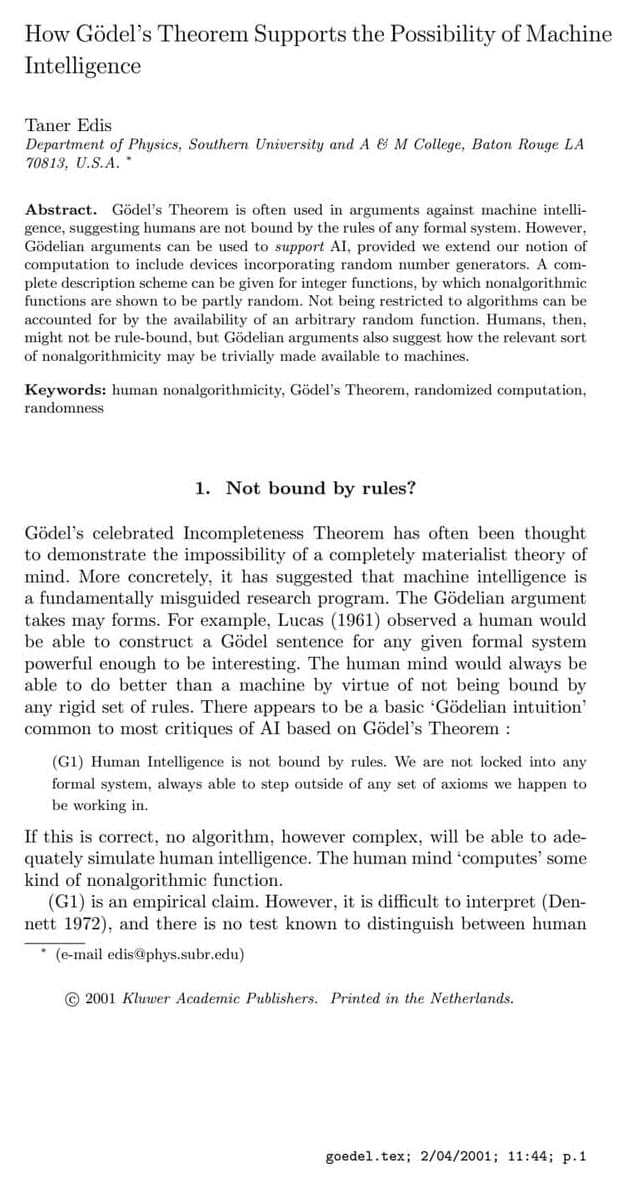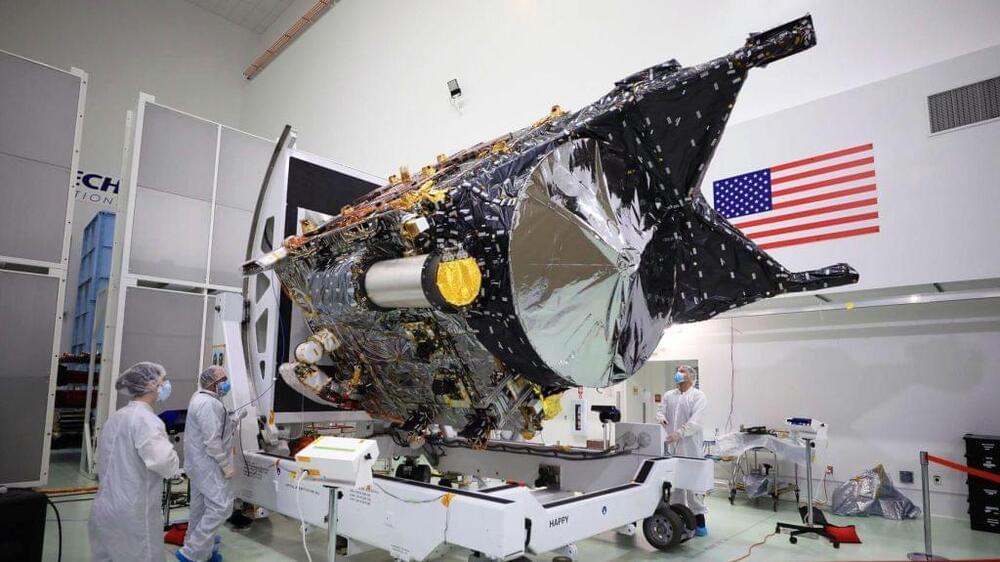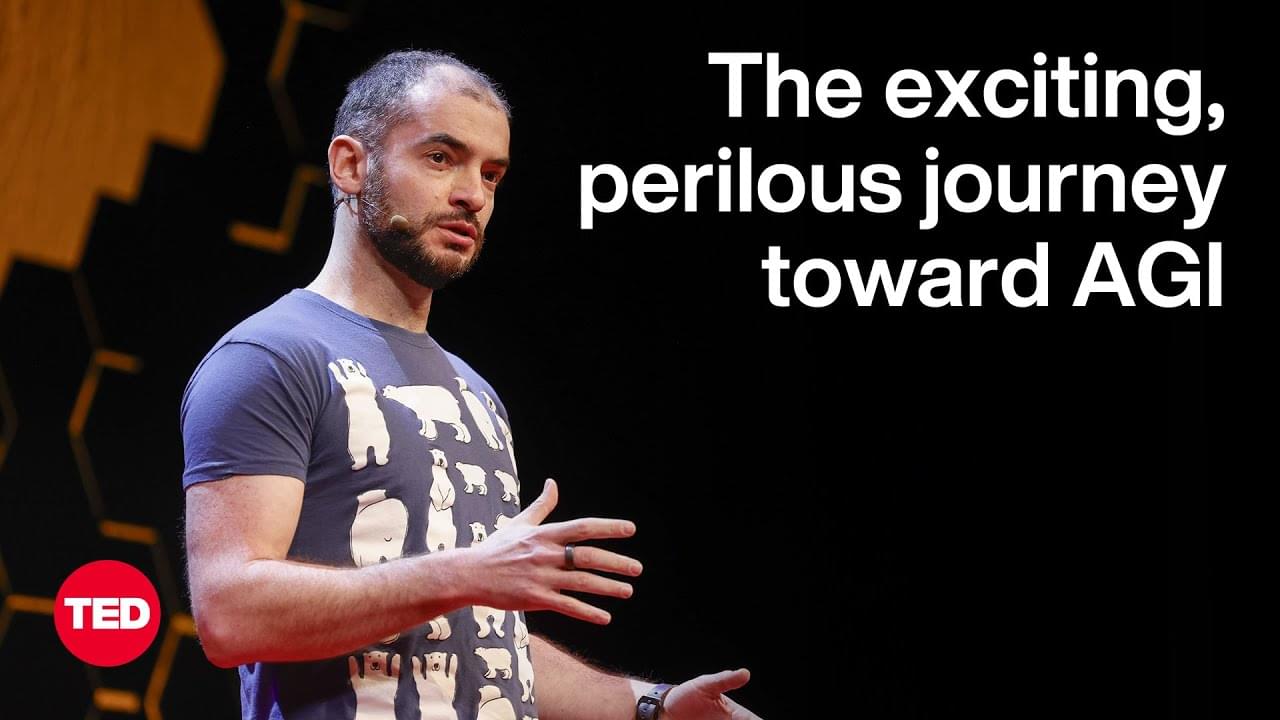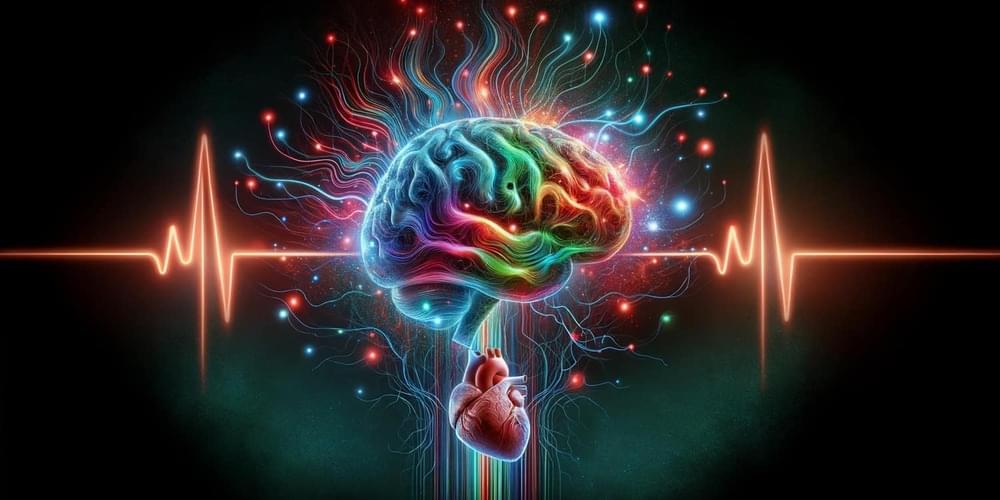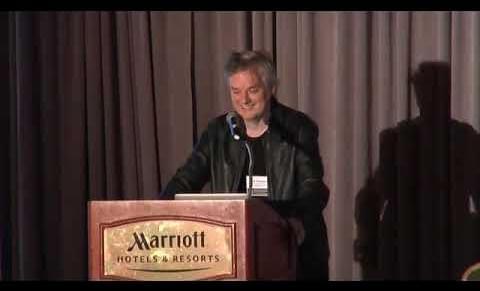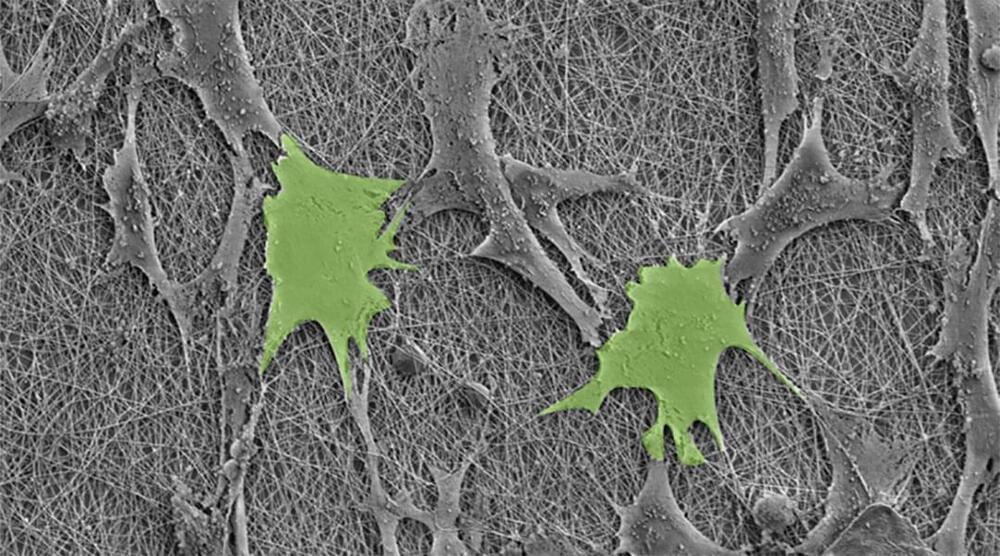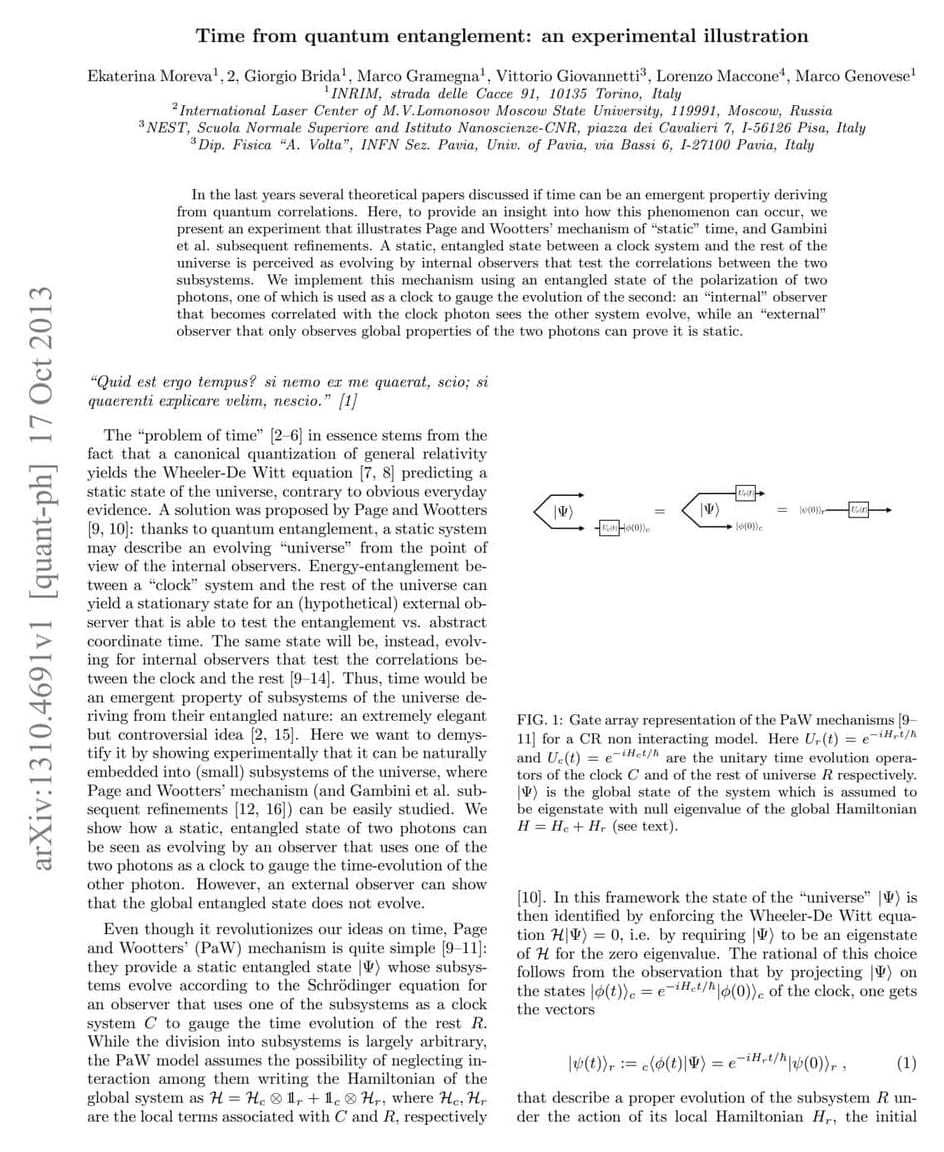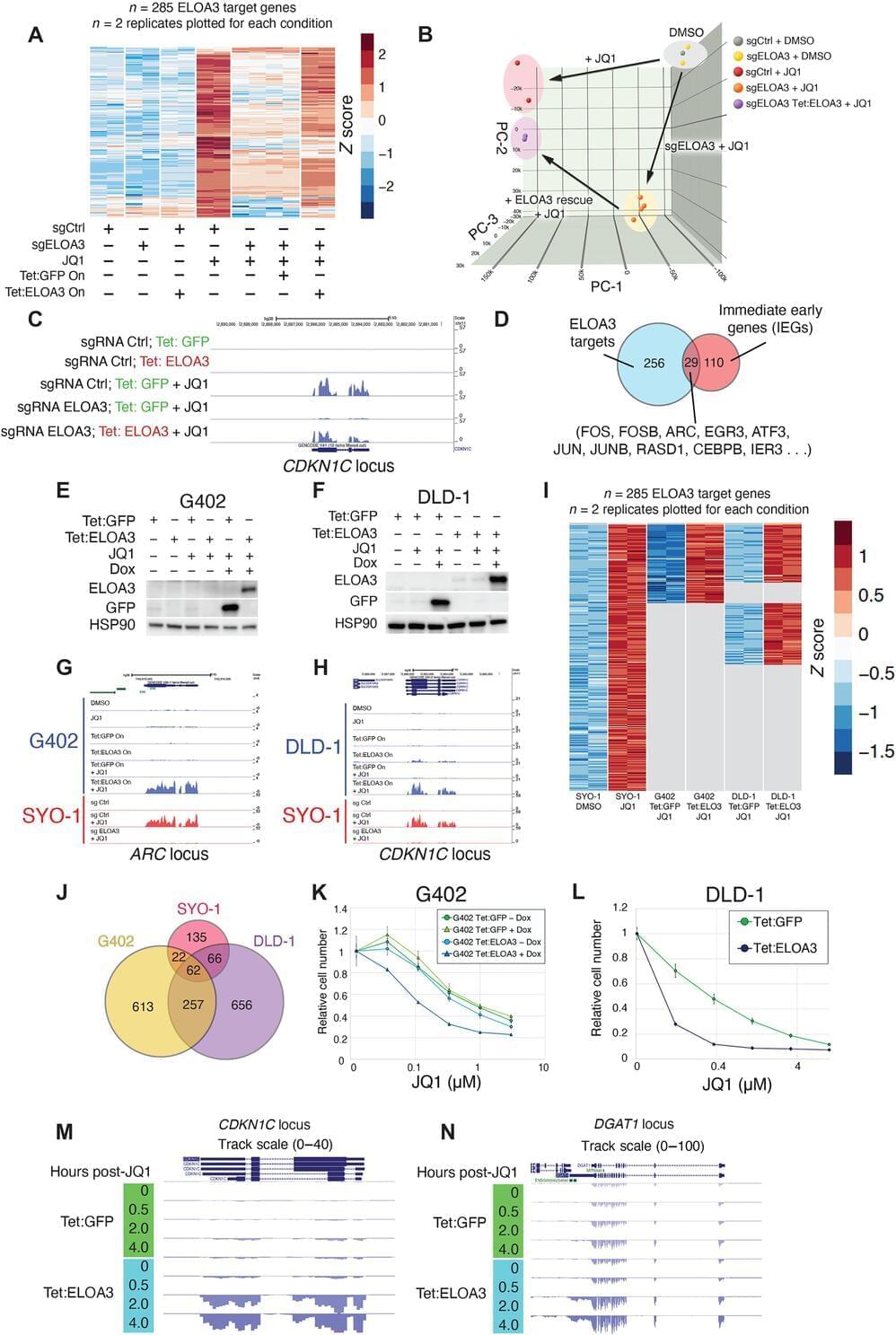Shared with Dropbox.
Basically on the pro side it could be something good to help earth but really if is on the bad side we probably want to cloak the earth with an invisibility cloak and force fields ideally so they don’t wipe us out.
An experiment aboard NASA’s Psyche mission achieved “first light” by sending and receiving its first deep-space laser communications from far beyond the moon.
An amazing graph theoretic analysis of the C. elegans neuropeptide connectome!
Neuromodulation by peptides is essential for brain function. By comprehensively mapping neuropeptide signaling in the nematode C. elegans, Ripoll-Sánchez et al. define a dense wireless network whose organization differs in important ways from wired brain circuits. This network is a prototype for understanding neuropeptide signaling networks in larger brains.
Just weeks before the management shakeup at OpenAI rocked Silicon Valley and made international news, the company’s cofounder and chief scientist Ilya Sutskever explored the transformative potential of artificial general intelligence (AGI), highlighting how it could surpass human intelligence and profoundly transform every aspect of life. Hear his take on the promises and perils of AGI — and his optimistic case for how unprecedented collaboration will ensure its safe and beneficial development. (Recorded October 17, 2023)
If you love watching TED Talks like this one, become a TED Member to support our mission of spreading ideas: https://ted.com/membership.
Follow TED!
Twitter: https://twitter.com/TEDTalks.
Instagram: https://www.instagram.com/ted.
Facebook: https://facebook.com/TED
LinkedIn: https://www.linkedin.com/company/ted-conferences.
TikTok: https://www.tiktok.com/@tedtoks.
The TED Talks channel features talks, performances and original series from the world’s leading thinkers and doers. Subscribe to our channel for videos on Technology, Entertainment and Design — plus science, business, global issues, the arts and more. Visit https://TED.com to get our entire library of TED Talks, transcripts, translations, personalized talk recommendations and more.
TED’s videos may be used for non-commercial purposes under a Creative Commons License, Attribution–Non Commercial–No Derivatives (or the CC BY – NC – ND 4.0 International) and in accordance with our TED Talks Usage Policy: https://www.ted.com/about/our-organization/our-policies-term…age-policy. For more information on using TED for commercial purposes (e.g. employee learning, in a film or online course), please submit a Media Request at https://media-requests.ted.com.
A study revealed that one-third of cardiac arrest survivors experienced consciousness, with EEG showing brain activity despite heart stoppage. This groundbreaking finding challenges current understandings of brain function during cardiac emergencies.
The planet Mercury seems like a place inhospitable to life, with surface temperatures reaching a blistering 800 degrees Fahrenheit due to its extremely close proximity to the Sun.
But new research suggests that there are regions on the Solar System’s smallest planet that may have the right conditions for biological life to survive.
Scientists at the Planetary Science Institute (PSI) in Arizona say they’ve found evidence of salt glaciers on the planet’s surface, regions that are similar to extremely harsh and salt-rich environments on Earth where life still finds a way to exist.
Weaving piezoelectric polymers into nanofibers reveals a surprising pathway to boost stem cell growth naturally, without external power.
Our bodies are a complex tapestry of cells, woven into tissues and organs, like bones, muscle, and skin. All these cells begin as blank slates called stem cells, which are directed to become all the unique cell types in the body by a myriad of genetic and environmental cues.
To harness the biomedical potential of stem cells, researchers have long sought ways to untangle these factors and find a recipe to efficiently grow any desired cell type. Now, expertise from textile research is helping create a new platform to achieve this goal.
Investigators from the laboratory of Ali Shilatifard, Ph.D., the Robert Francis Furchgott Professor and chair of Biochemistry and Molecular Genetics, have discovered a new repeat gene cluster sequence that is exclusively expressed in humans and non-human primates.
The discovery, detailed in a study published in Science Advances, is a breakthrough for human genome biology and has wide-ranging implications for future research in transcriptional regulation, human evolution, and the study of repetitive DNA sequences, according to the authors.
“This is an unbelievable discovery of the first elongation factor that is repeated within the human genome and is very primate-specific,” said Shilatifard, who is also director of the Simpson Querrey Institute for Epigenetics and a professor of Pediatrics.
